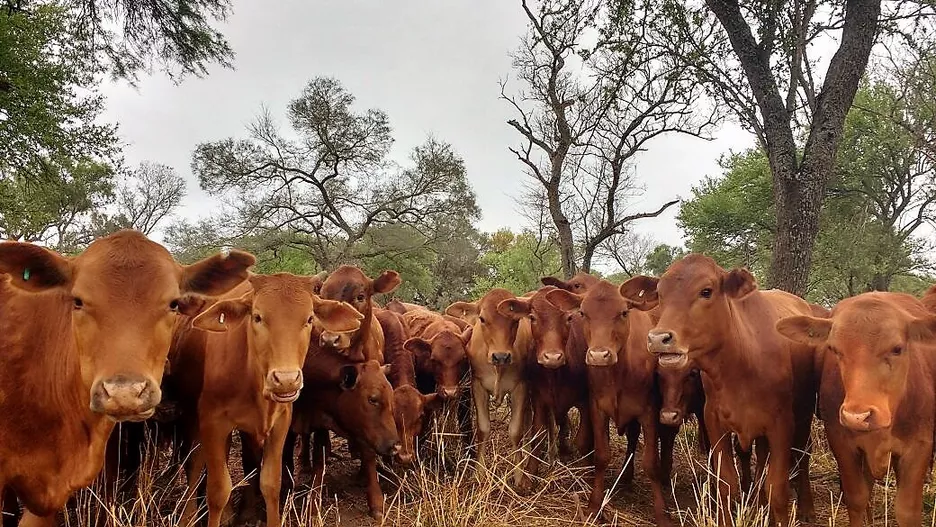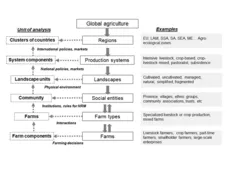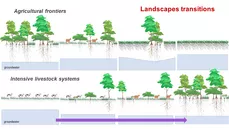Chair of Livestock Systems

Research Focus
Our group aims to provide scientific evidence to guide production, climate mitigation, and conservation efforts in livestock-based systems. We seek to identify innovations for landscape-level management, addressing the complex interplay between global food production, livestock industry, and environmental impacts, especially in grassland-dominated landscapes.
Key Research Areas
Grassland ecosystems & Livestock interactions
We investigate the intricate relationships between grasslands, livestock, and associated ecosystems using process-based modeling and empirical research. Our goal is to support the development of robust livestock-based systems while addressing:
- Sustainable management of grassland ecosystems for livestock production
- Land use changes driven by the livestock industry
- Water and soil biogeochemical cycle impacts
- Climate change mitigation strategies
- Biodiversity conservation efforts in grazed landscapes
- Restoration and enhancement of degraded grassland ecosystems
Sustainable Livestock Systems
Our research explores how livestock-based systems can evolve to meet emerging societal demands while minimizing environmental impact. We focus on:
- Analysing the effects of livestock on grassland agriculture and ecosystems
- Developing evidence for science-based policies in the livestock sector
- Innovations through the use of digital technologies in livestock-based systems
Research Questions
- How can livestock systems evolve to meet emerging societal demands?
- What are the local-level tradeoffs between livestock production, climate mitigation, and ecosystem conservation?
- Which landscape patterns that include livestock should be promoted to reduce environmental impacts?
- What strategies can be used to restore and enhance ecosystems while maintaining livestock production?
Through our research, we aim to support evidence-based policymaking and guide the food industry towards more sustainable practices in livestock-based systems, with a strong emphasis on preserving grassland ecosystems.

Multi-scale Analyses
Global livestock production can be studied comparing ‘Regions’ (Fig. 1). Analysis of policy options for livestock ‘Production systems’ uses modelling and field studies, to account for the spatial variability of production, GHG emissions and impacts on ‘Landscapes’, and a description of ‘Social entities’. Production is quantified in situ and modelled for different ‘Farm types’, considering the ‘Farm’ unit and the 'Farm components'. These muti-scale analyses integrate production and economics with biogeochemical models that quantify carbon, nutrient cycles and GHG emissions. Multi-objective optimisation modelling is used with production, mitigation and conservation objectives and to identify best practices and to quantify trade-offs. Our group applies these methods for integration, upscaling and for scenario analysis.
Innovation in livestock systems

Our group applies systems analysis and generates novel empirical datasets for tropical, sub-tropical and alpine regions using a framework of Systems transitions, and focusing on landscape diversity. Improving the understanding of how landscape diversity supports livestock systems, and understanding the underlining factors will help bringing closer together objectives of food production, mitigation and conservation. A closer integration of livestock & agroculture will help deliver multiple benefits by using livestock and plants species that improve nutrient cycling, landscape-level carbon sequestration and to balance the GHG budget (Fig. 2).